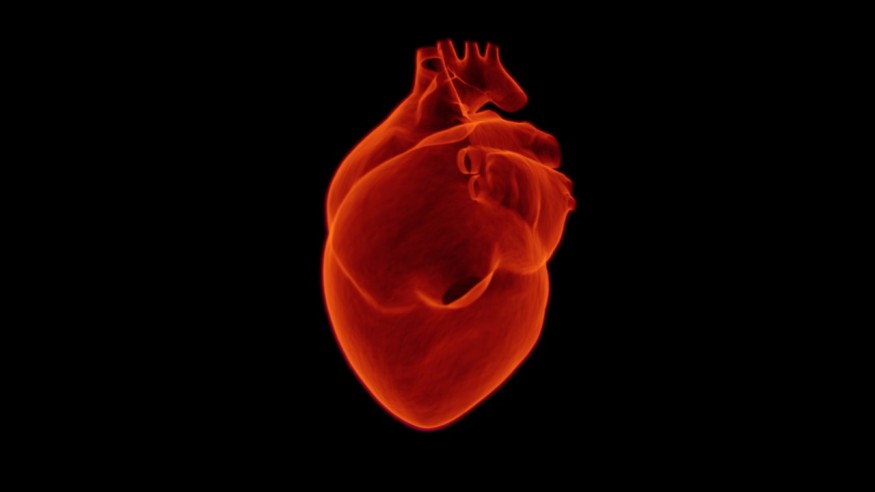
A trial has found that out-of-hospital cardiac arrest (OHCA) patients and survivors who did not receive ST-segment elevation and who were brought to the nearest emergency department exhibited outcomes that were similar to those brought to specialized cardiac arrest centers.
Out-of-Hospital Cardiac Arrest (OHCA): Emergency Department and Cardiac Arrest Centers
Tiffany Patterson, PhD, who serves as the clinical lead of ARREST, notes that observational registry data studies pose that it may be best to deliver post arrest attention to patients that got resuscitated post-cardiac arrest and without the help of ST-segment elevation. As such, to clarify this, the International Liaison Committee on Resucitation held a randomized trial involving patients that were resusctated without ST-segment elevation.
Through this ARREST trial, no benefits of survival was found among 800 survivors that had post-OHCA spontaneous circulation return without ST-segment elevation. These patients were randomly assigned to be brought to an emergency department or specialized cardiac arrest centers.
OHCA patients from both groups were found to exhibit the same survival rates in a 30-day period, which is the primary outcome. On top of that, they also displayed similar outcomes in a neurologic sense as well as survival in a 3-month period.
Trial discussant Lia Crotti, M.D., PhD., also stressed two vital findings. Firstly, among the 862 enrolled patients who were judged by paramedics to not have any obvious noncardiac cause behind the arrest, it was found that only 60% had a cardiac cause for the arrest. Moreover, only one-fourth of the total were found to have coronary artery disease.
Crotti also notes that the patient number of those that could have benefited from accessing a catheterization laboratory early on could have affected the trial's negative result, with statistical power loss accounted for.
Improving post-OHCA Outcomes
Nevertheless, according to Simon R. Redwood, who serves as ARREST's principal investigator, the core message of the findings is that the trial does not generally suggest that cardiac arrest patients in London be transported to cardiac arrest centers. Rather than this, they could go to the emergency department of the nearest hospitals instead.
As such, Redwood also stresses the importance of bystander CPR, as this is what makes the difference.
The trial's results are prompting investigators to rethink the allocation of resources. As such, it may be better to channel such resources somewhere else in order to improve post-OHCA outcomes.
Myocardial Infarction (MI) Exemption
It is important to note, however, that the study did not cover patients with clear myocardial infarction (MI). Redwood stressed that MI patients will benefit from being brought to specialized cardiac attack centers and from undergoing procedures for the artery to be reopened.
Aside from this condition, cardiac arrest may be due to other events and factors, including overdose, electrocution, drowning, and trauma.
RELATED ARTICLE : Heart Attack Survivors in Disadvantaged Neighborhoods Tend to Have Worse Outcomes, Study Finds
Check out more news and information on Medicine and Health in Science Times.
© 2025 ScienceTimes.com All rights reserved. Do not reproduce without permission. The window to the world of Science Times.












